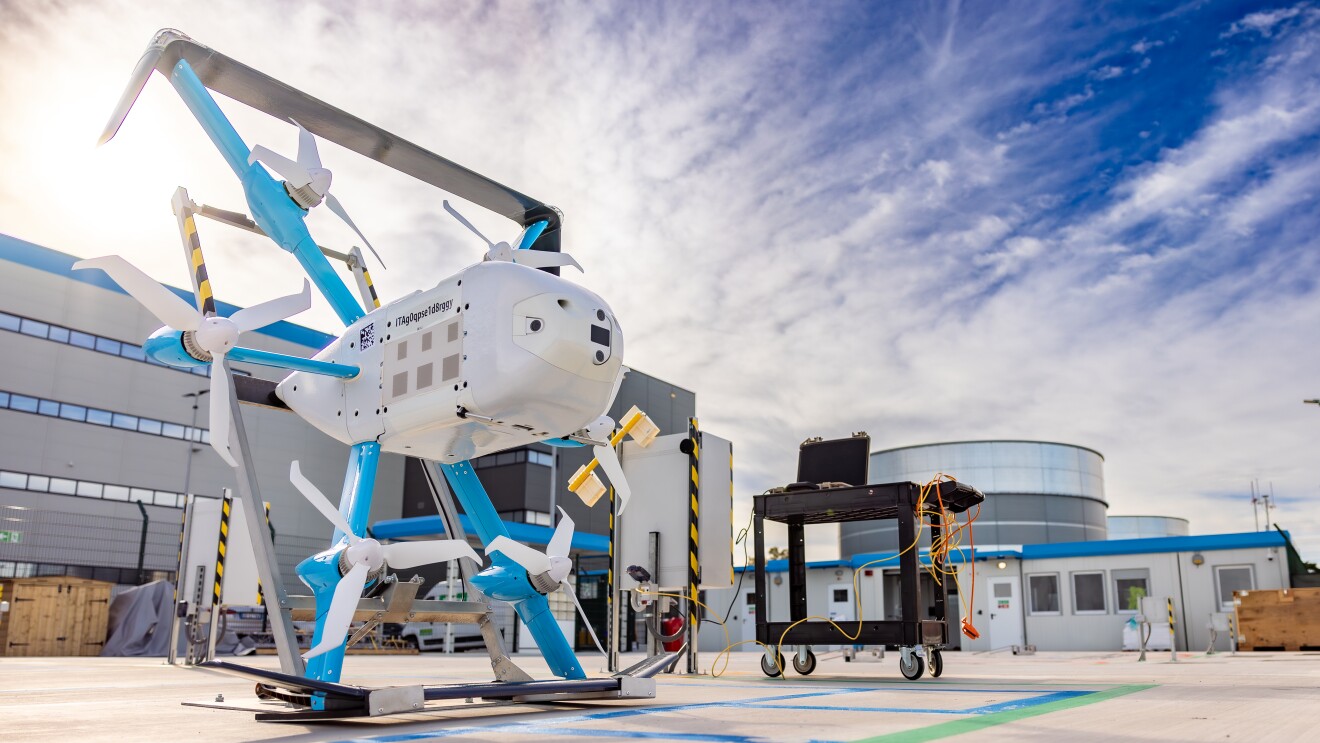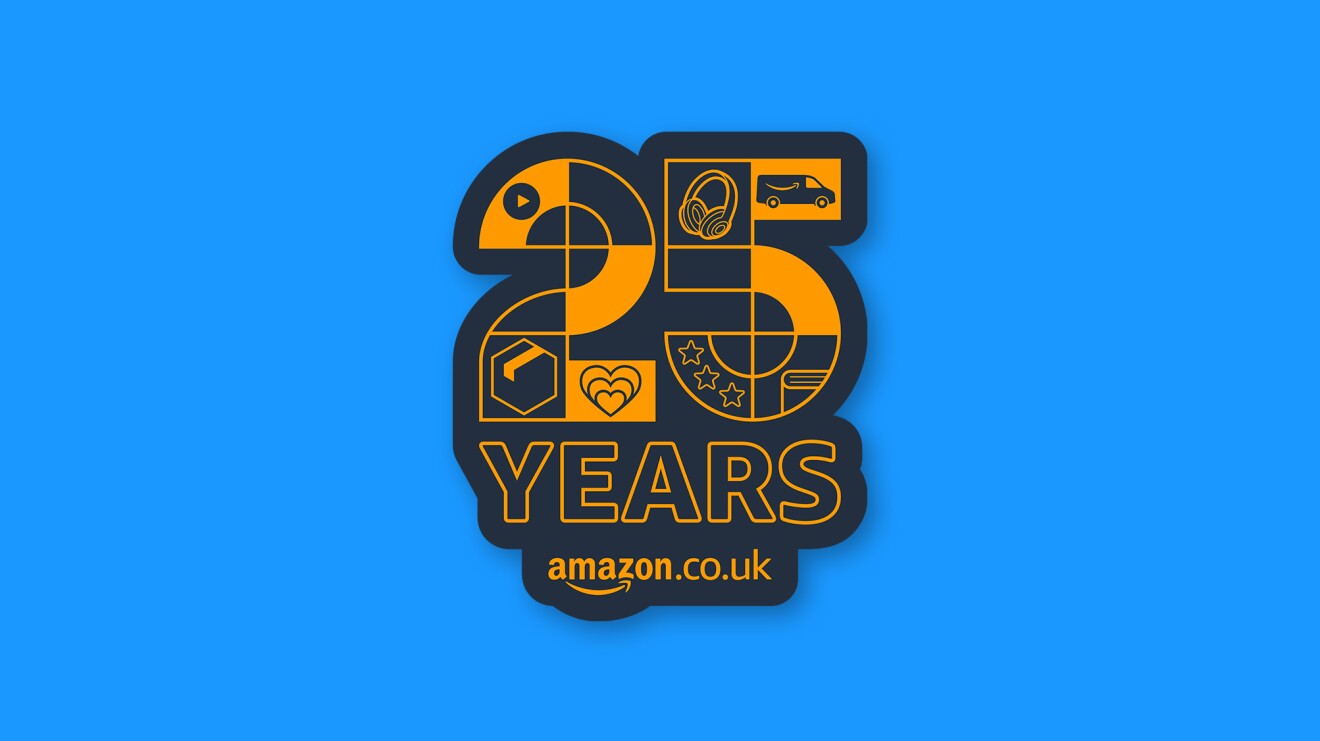Since 2010, Amazon has invested €27bn to drive customer innovations including Alexa, Prime Air, Prime Video, AWS and machine learning that powers smart features on Amazon’s retail sites. Thousands of highly skilled employees work in 25 development centres across Europe, with roles ranging from machine learning scientists, robotics engineers and solutions architects; through to software, hardware and flight engineers – all working on global innovations for customers.
“For over 16 years, our European Development Centres have been part of a global mission to bring tomorrow’s inventions to customers today,” said Jeff Wilke, CEO Worldwide Consumer, Amazon. “Some of our greatest ideas were developed in Europe - from Alexa finding her voice in the UK; through to technology in Germany that enables computers to understand causality and predict customer behaviour. Amazon Development Centres enable us to offer a wider choice, lower prices and a better shopping experience for hundreds of millions of customers worldwide. With 25 Development Centres and over 5,500 highly skilled inventors across Europe, this latest investment in Europe further cements our long-term commitment to the continent.”
Alexa
Alexa, Amazon’s cloud-based voice service, is the brain behind Echo and Fire devices as well as everyday household devices like microwaves and washing machines. Built in the cloud that leverages Amazon Web Services, and with tens of thousands of third party developers around the world creating skills for her, Alexa is always getting smarter.
Not everybody knows that Alexa’s digital DNA has a strong European component: a significant part of its core technology was actually conceived in Cambridge. Today, the teams in our Cambridge Development Centre seek to continually improve the knowledge systems that power Alexa, while researchers and engineers based in Berlin, Aachen and Turin work on language recognition technologies that increase Alexa’s accuracy and enable her to comprehend different languages other than her native English, like French, Japanese, German, Italian and Spanish.
Machine Learning
At Amazon, we have been engaged in the practical application of machine learning and artificial intelligence for many years now. Some of this work is highly visible, like Alexa, our cloud-based AI service, but much of what we do in this field happens beneath the surface – quietly but meaningfully improving our core operations. Machine learning (ML), for example, drives our algorithms for demand forecasting, product search ranking, product recommendations, fraud detection, translations and much more. Our European development centres in Berlin, Tübingen, Cambridge and Edinburgh are at the forefront of machine learning R&D. In Edinburgh, for instance, the teams tackle some of Amazon’s most challenging work, inventing new advertising technology, personalised shopping recommendations and solutions for global talent management, benefitting Amazon customers and employees around the world.
The Development Centre in Berlin has an important role in Amazon’s global AI research with science teams in computer vision, robotics, machine translation, and demand forecasting. The newly opened research site in Tübingen, Germany, focuses on technologies that enable computers to understand causality, which helps AI systems to predict customer behaviour in response to automated decisions, for example, the order of search results to improve their search experience. Innovations we are working on have allowed us to reduce prices, increase selection and deliver faster, ultimately increasing convenience. For instance:
- Machine Learning reduces prices for customers. Thanks to ML, we can forecast the approximate number of blue shirts ordered next year. This reduces storage costs, which lowers prices.
- It increases selection by automating the selection process and removing content barriers such as language, e.g. by automatically translating product descriptions for other markets.
- It can lead to faster delivery by predicting local customer behavior more accurately, for example predicting which products will be ordered in your city or neighborhood.
- It enables environmental benefits, for example reducing food waste by better determining durability of produce.
AWS (Amazon Web Services)
AWS is inventing new cloud computing innovations for its customers around the globe. AWS technologies being developed in Europe include parts of the storage service Amazon S3, the hypervisor underpinning the compute service Amazon EC2, and advanced Machine Learning technologies. With a growing number of teams in eight European Development Centres, across Germany, Ireland, Italy, Poland, Romania, The Netherlands, and the UK, AWS is continually expanding its services to support virtually any cloud workload.

The origins of AWS started in the early 2000s. After over a decade of building and running Amazon.com, the business developed a core competency in operating massive scale technology infrastructure and data centres, and embarked on a much broader mission of serving a new customer segment—developers and businesses—with web services they can use to build sophisticated, scalable applications. In 2006 AWS launched its first service, Amazon S3, and today AWS is the fastest-growing multi-billion enterprise IT vendor in the world, with more than 125 services including compute, storage, networking, database, analytics, application services, deployment, management, developer, mobile, Internet of Things (IoT), Artificial Intelligence (AI), augmented/virtual reality, security, hybrid and enterprise applications– all of which help organisations of all sizes to innovate, move faster, lower IT costs, and scale applications without the need to buy and maintain expensive technology infrastructure.
Amazon Prime Video
In the heart of London, inside Amazon’s UK head office building in Shoreditch, our development centre focuses on global R&D for Prime Video with product development and design for ‘living room devices’, web and mobile applications. Prime Video is a digital video service available through the Prime Video app, offering streaming and downloading of popular TV shows and films, including Prime Original series. Videos can be watched instantly anytime and anywhere on hundreds of Smart TVs, games consoles, tablets, mobile phones, Fire TV devices and through the web – thousands of third party devices. There are thousands of models of Smart TVs, games consoles and set top boxes that the Prime Video app runs on, and the work by hundreds of engineers in London taking care of the detailed, behind-the-scenes work ensures customers around the world have the same high quality experience wherever they’re watching, on whatever living room device they’re watching on.
Transportation technologies
Transportation technology teams across Europe are rolling out delivery innovations, including Amazon Lockers, pickup points, in-app map tracking and photo on delivery in Germany, France, Italy, Spain and the UK. As we have built out our transportation network, we have worked to develop new technologies that give customers transparency – and ultimately put them in control of their delivery experiences. AI is behind many of these technologies.
 Photo by Maxime Huriez
Photo by Maxime HuriezFor instance, for packages delivered by our service providers, customers can now track where their packages are and how many stops the driver has left through our map-tracking feature. Thanks to our Photo On Delivery feature, customers can now receive a visual delivery confirmation – a photo showing that their package was safely delivered while they were not at home.
We also have Prime Air development centres in Austria, France and the UK developing a future delivery system designed to safely get packages to customers in 30 minutes or less using drones.








